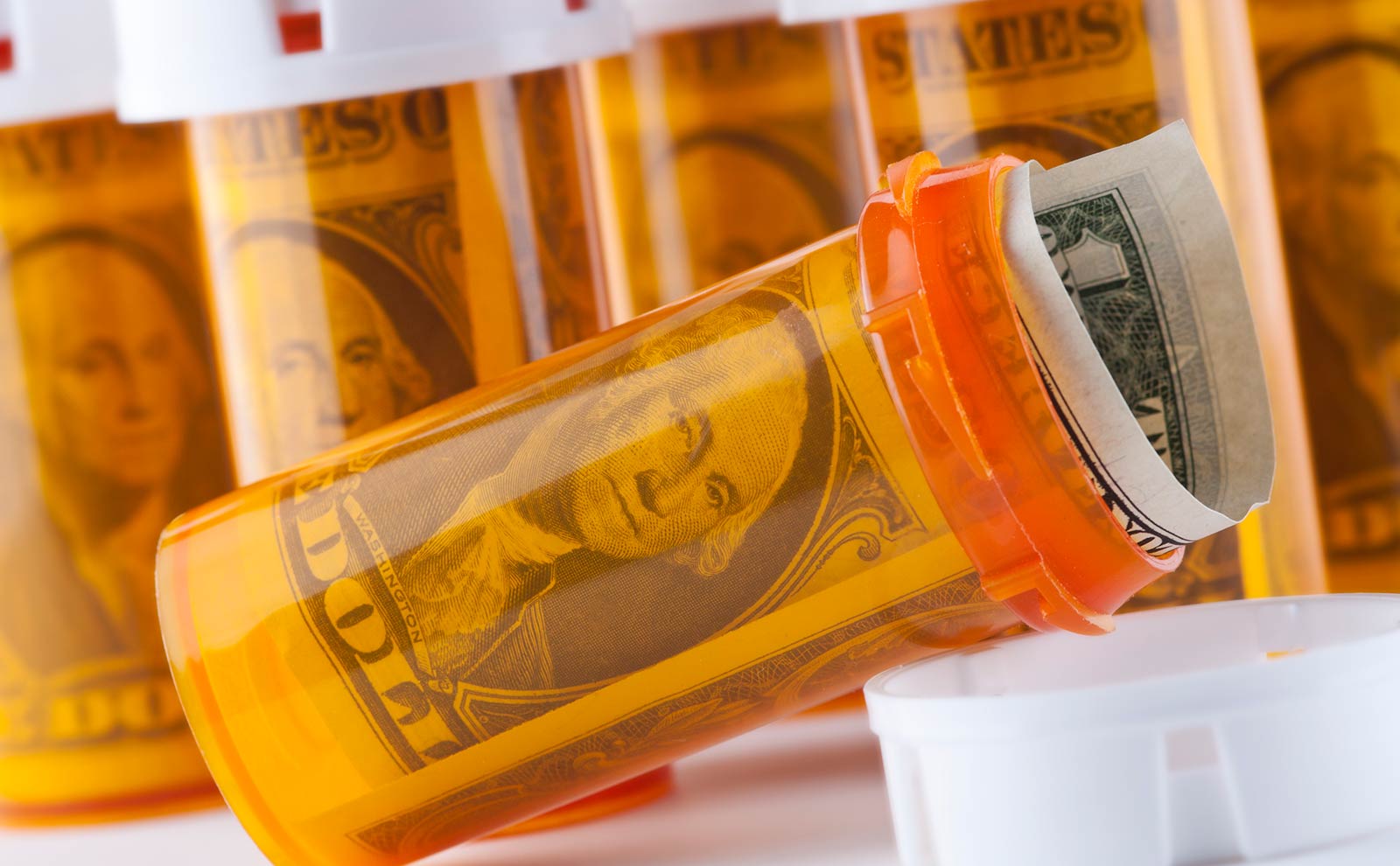Last Friday, you or your emergency medicine group should have received a payment that was automatically deposited in the bank account that you have on file with Medicare. This payment was part of an overall $30 billion that the Department of Health and Human Services (HHS) distributed to physicians and other health care providers (including hospitals) based on providers’ 2019 Medicare fee-for-service (FFS) spending. As I mentioned to you in last week’s blog, this $30 billion represented the first “wave” of funding from a $100 billion pot that was included in the COVID-19 stimulus bill (the CARES Act).
There are some important aspects about the relief payments you received that I want to highlight.
How CMS Allocated the Funds
CMS distributed the money proportionately based on the total amount of Medicare FFS spending last year. Since hospital spending obviously represents the highest proportion of total Medicare spending, hospitals received the lion share of the funding. All in all, you or your group should have received approximately 6.2 percent of your total Medicare FFS spending last year. If you work in areas with a high percentage of Medicare FFS beneficiaries, you or your group probably received a significant amount of money. However, many of you, who work in underserved areas (where in fact the majority of COVID-19 cases are), did not receive enough support. Also remember that over 30 percent of Medicare beneficiaries are in Medicare Advantage (MA). Therefore, if you work in areas with a high penetration of MA plans (like certain counties in Florida, for example), you also would not have received a lot of money since the distribution was solely based on total Medicare FFS spending.
What Strings are Attached?
Unfortunately, you must now agree to certain terms and conditions within 30 days of when you received the funding. If you don’t agree to these terms, you must contact HHS and return the funding—and if you don’t proactively agree or disagree with the terms and keep the money, HHS will take that to mean that you agree to the terms and must abide by them.
ACEP has extensively reviewed the 10-page terms and conditions document, and we believe it includes a few provisions that may be difficult, if not impossible, for you or your group to operationalize. We have therefore sent a letter to HHS on Tuesday (our third related to the CARES Act funding) listing all our questions and concerns.
While we have multiple issues with the terms and conditions, most of our questions focus on one in particular:
“The Secretary has concluded that the COVID-19 public health emergency has caused many healthcare providers to have capacity constraints. As a result, patients that would ordinarily be able to choose to receive all care from in-network healthcare providers may no longer be able to receive such care in-network. Accordingly, for all care for a possible or actual case of COVID-19, Recipient certifies that it will not seek to collect from the patient out-of-pocket expenses in an amount greater than what the patient would have otherwise been required to pay if the care had been provided by an in-network Recipient.”
This provision of the terms and conditions states that out-of-network providers would not be allowed to collect additional payment from patients beyond what would have been their in-network cost-sharing responsibility (i.e. no balance billing is allowed). While we agree it is essential to protect patients during this crisis, it is unclear what the insurer’s responsibility is to reimburse providers for COVID-19 related treatment. Therefore, we asked HHS in our letter to provide additional clarification that directs the insurer to reimburse the clinician for the services provided.
Interestingly, the Centers for Medicare & Medicaid Services (CMS) released guidance on April 11 that highlights insurer coverage and cost-sharing requirements for certain COVID-19-related services. Specifically, under the guidance, cost-sharing is waived for visits, including emergency department visits, that lead to an order for or the administration of a COVID19 test. The CMS guidance even further confuses our interpretation of this provision of the terms and conditions—and therefore we asked numerous additional questions in our letter to ensure that we fully understand the implications of COVID-19 cost-sharing and coverage requirements on the contingencies placed on the $30 billion.
Answers to the questions we pose in our letter will help you understand how you will be reimbursed for the vital, life-saving services you provide to your patients. We have asked HHS to respond to our questions as soon as possible so that we can update you and give you or your group enough time to consider whether to accept the terms and conditions or return the funding before the 30-day time period ends.
We will keep you updated on any responses we hear from HHS. Also, I want to reiterate that the $30 billion wave of funding was only the first act—there is still $70 billion remaining in the $100 billion CARES Act fund. While HHS has laid out some general plans for distributing the remaining funds (included in HHS’ fact sheet on the $100 billion fund), we are continuing to reiterate our previous request with HHS for $3.6 billion to be specifically allocated towards emergency medicine groups and to the emergency physicians who practice within them.
Until next week, this is Jeffrey saying, enjoy reading regs with your eggs!






